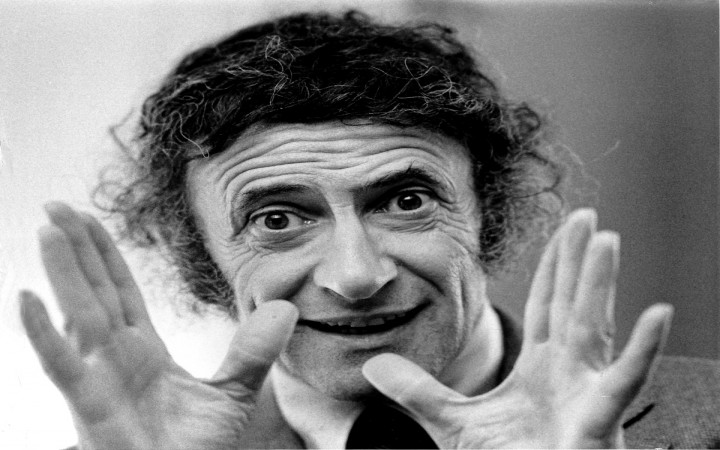Today’s Wonder of the Day was inspired by Krish. Krish Wonders, “What are Mimes” Thanks for WONDERing with us, Krish!
You're meandering in and out of the crowd during a street fair in a large city. Up ahead, you catch a glimpse of a tall man gesticulating wildly. You're curious about what he's saying.
From a distance, you can tell he's communicating with his small audience. They're pointing and laughing. As you draw nearer, though, you don't hear him make a sound.
When you finally reach the tall man, you realize what's happening. He's a mime! He's performing an entertaining act without speaking a word. As you watch, he appears to be trapped inside a glass box.
If you've ever seen a mime perform, you know that their acts can be very funny and enjoyable. It's amazing how a talented mime can convey so many situations, actions, and emotions using only body movements and facial expressions.
When many people think of a mime, they imagine a tall man in black and white clothes with white makeup on his face and cartoonish eyebrows. That's because they usually picture one of the world's most famous mimes: Marcel Marceau.
Born Marcel Mangel in 1923 in Strasbourg, France, he grew up enjoying the movies of Charlie Chaplin. In fact, it was Chaplin's Little Tramp character that inspired Marceau's most famous character creation: Bip the Clown.
According to Marceau, Bip's name is based upon Pip from Charles Dickens' Great Expectations. Representing the classic underdog and a figure of hope, Bip's now- outfit consisted of white sailor pants, a striped shirt, and an old top hat with a single red flower.
Marceau created his own school, Compagnie de Mime Marcel Marceau, to teach students the art of mime. He started his own mime troupe and developed many acts for both the stage and the silver screen.
Some of his most important work, though, occurred off the stage and before he became a famous mime. Born into a Jewish family, he changed his name from Mangel to Marceau and became active in the French Resistance during World War II.
During the war, Marceau used his mime skills to help smuggle Jewish children out of France after it was occupied by German Nazis. At particularly-dangerous moments, he would use his mime skills to help keep children silent so that they wouldn't be discovered.
His skills also helped to save his own life. At one point, he ran into a group of German soldiers. Thinking quickly, he pretended to be part of an advance guard for a larger French force and convinced the Germans to retreat!




